Life’s a beach: exploring Robert Rauschenberg’s Floridian island home

‘Every time I’ve moved, my work has changed radically,’ said the artist Robert Rauschenberg, who, after growing tired of living in New York in the 1960s, decided to buy a property in Captiva, Florida. It is easy to see why Rauschenberg – whose posthumous retrospective runs at the Tate Modern until 2 April, before going to MoMA in New York and the de Young in San Francisco – fell in love with Captiva, a tranquil island off of Florida’s west coast, lined with beaches along the Gulf of Mexico, and lousy with flora and fauna. Rauschenberg purchased his first property there, a beachfront house, in 1968. It wasn’t until two years later that he moved there full-time, setting up a permanent residence and a studio. He stayed in Captiva until his death in 2008.
Take a 360 degree tour of Robert Rauschenberg's home and studio on Captiva island
Staunchly averse to the urban sprawl that began on the island when developers wanted to build vacation resorts, Rauschenberg, who fished daily, would eventually purchase the properties of several of his neighbours. ‘He said, “Name your price, you can use it until the day you die, I won’t develop your property",’ said Matt Hall, a long-time employee of Rauschenberg. The artist would go on to acquire around a dozen or so properties across 20 acres of land.
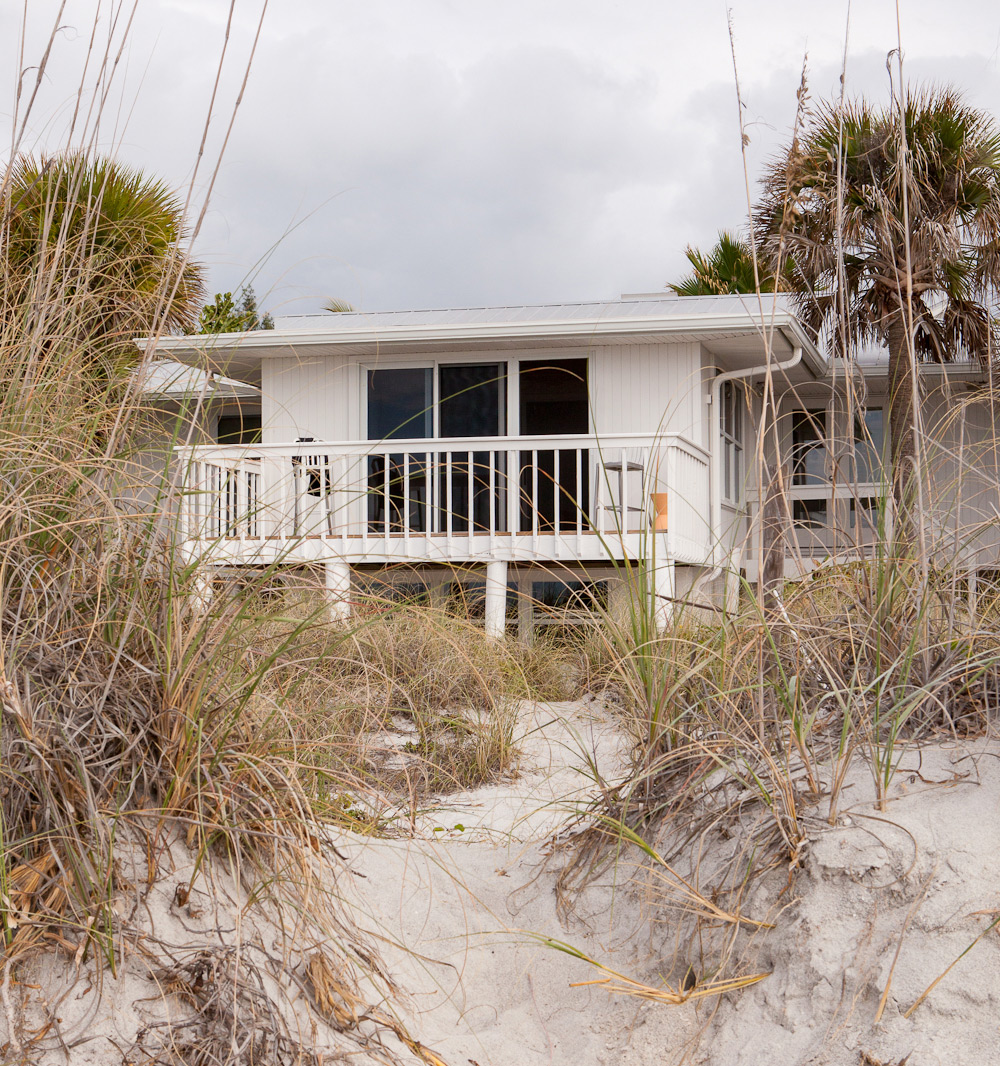
Rauschenberg’s beach house.
Rauschenberg’s work changed while sequestered in Captiva. It was there that he gathered cardboard boxes to create his Early Egyptian wall sculpture series, which he coated with sand from the beach. Rauschenberg also built a printing shop on his estate, to create screen-prints. Each house is lined with shelves that hold books on art, fashion, architecture, travel, film and more.
Even though it’s been eight years since Rauschenberg passed away, the artist’s legacy lives on in Captiva. Inspired by his time at Black Mountain College in North Carolina, Rauschenberg made sure that a foundation was created in his name to foster the work of artists and chefs (Rauschenberg was also a staunch foodie). Now, via residencies with the Rauschenberg Foundation, art and food practitioners can experience the place that so inspired Rauschenberg in the final decades of his life.
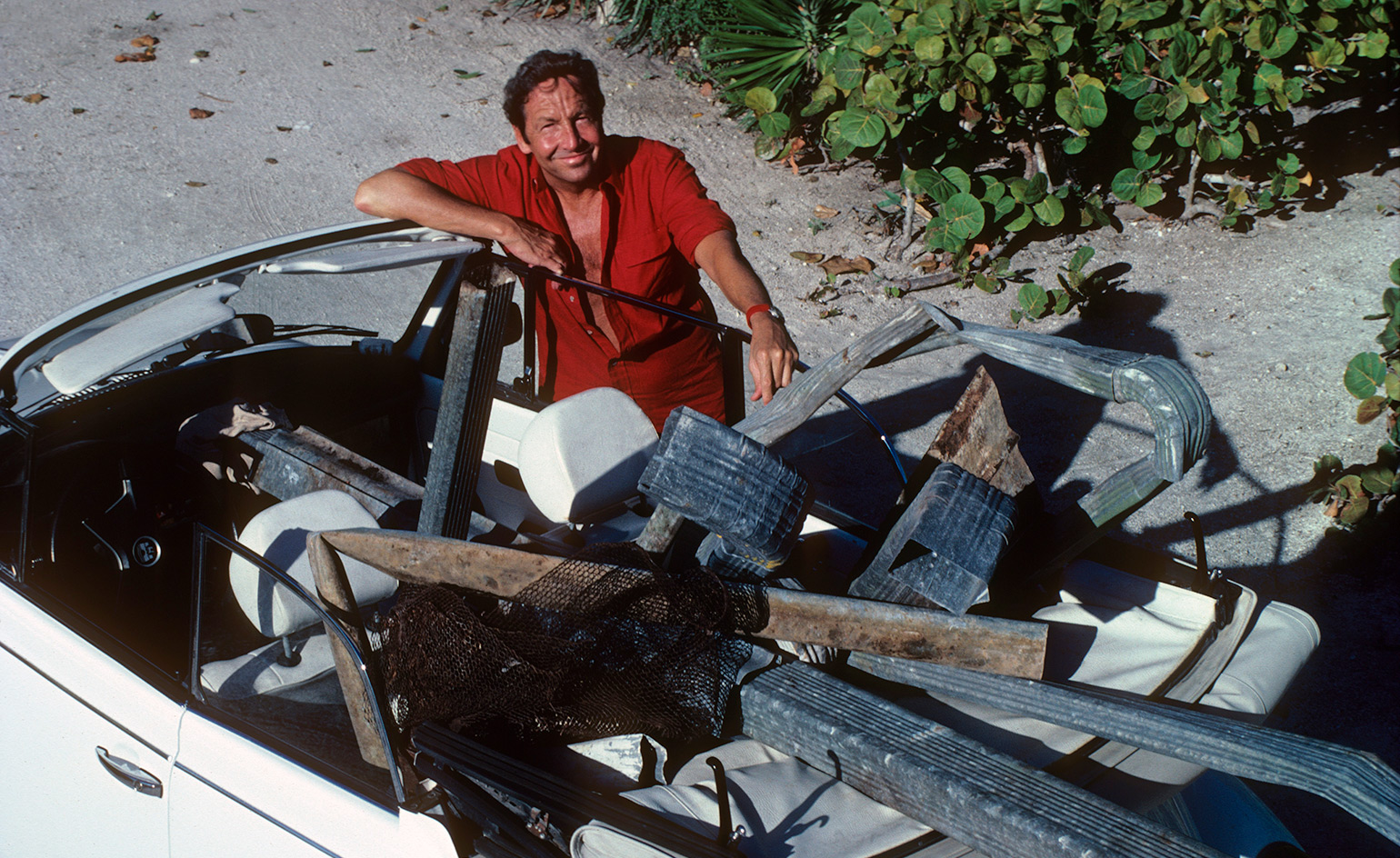
Rauschenberg in 1982, returning to his studio in his Volkswagen Bug convertible after a run to the Gulf Iron and Metal Junkyard, a source of materials for his Kabal American Zephyr series
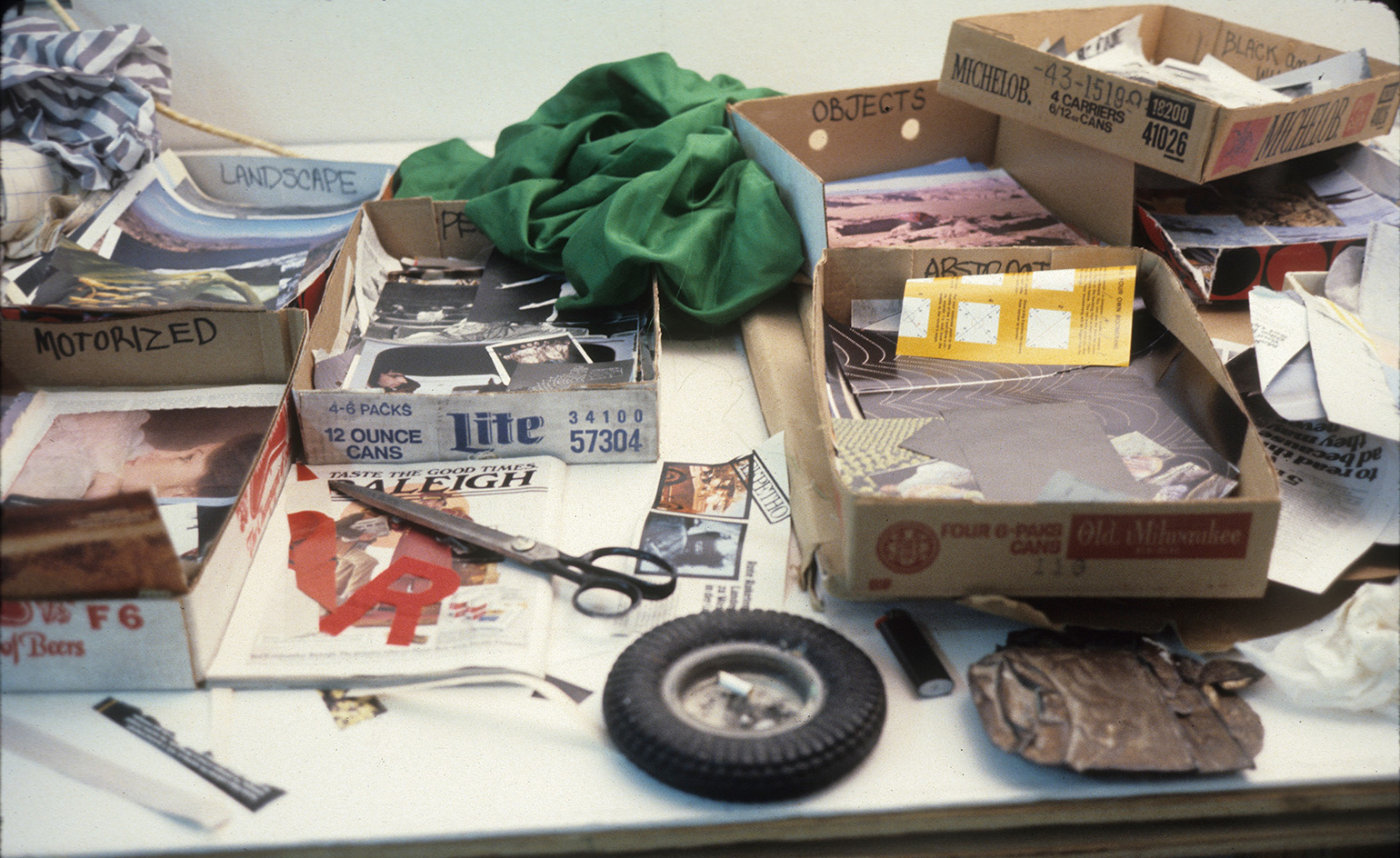
The artist’s collage materials sorted by imagery content, 1977
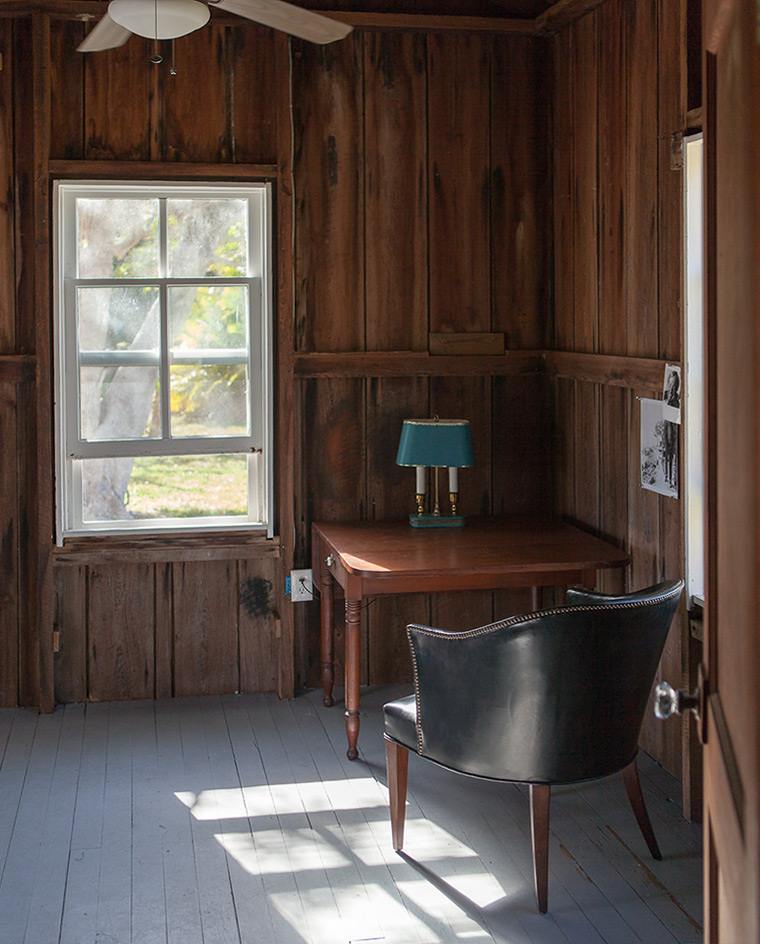
One of the propeties Rauschenberg purchased on Captiva was Waldo Cottage, a small Native American plantation worker’s home from the 1920s.
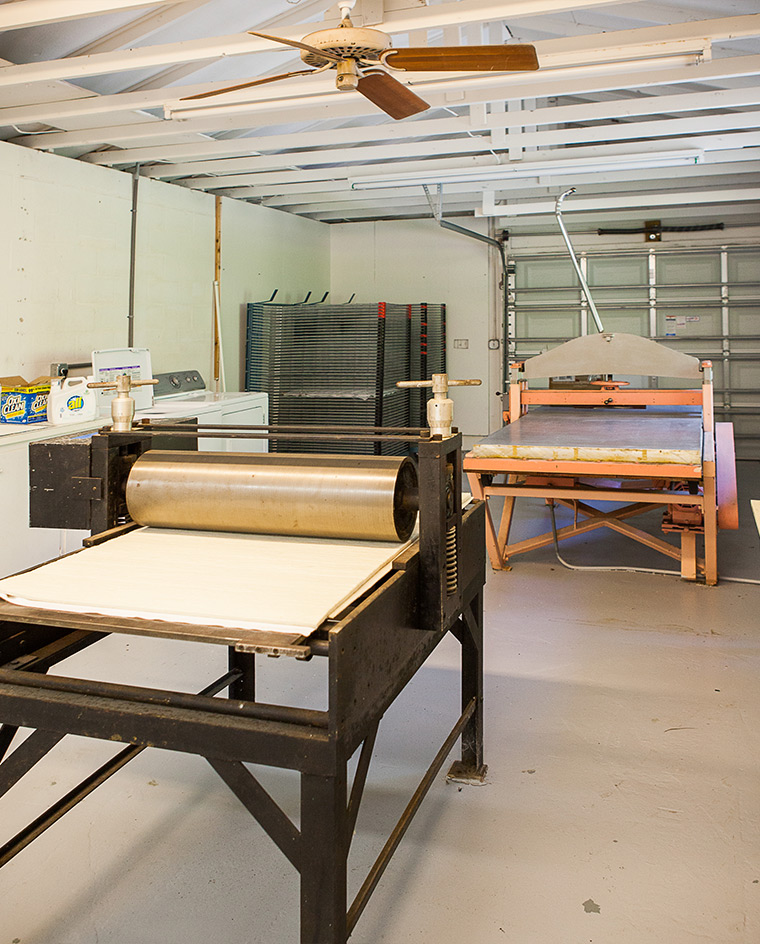
The print studio.

Rauschenberg and Cy Twombly discussing a painting in the former’s Laika Lane studio, 1980.
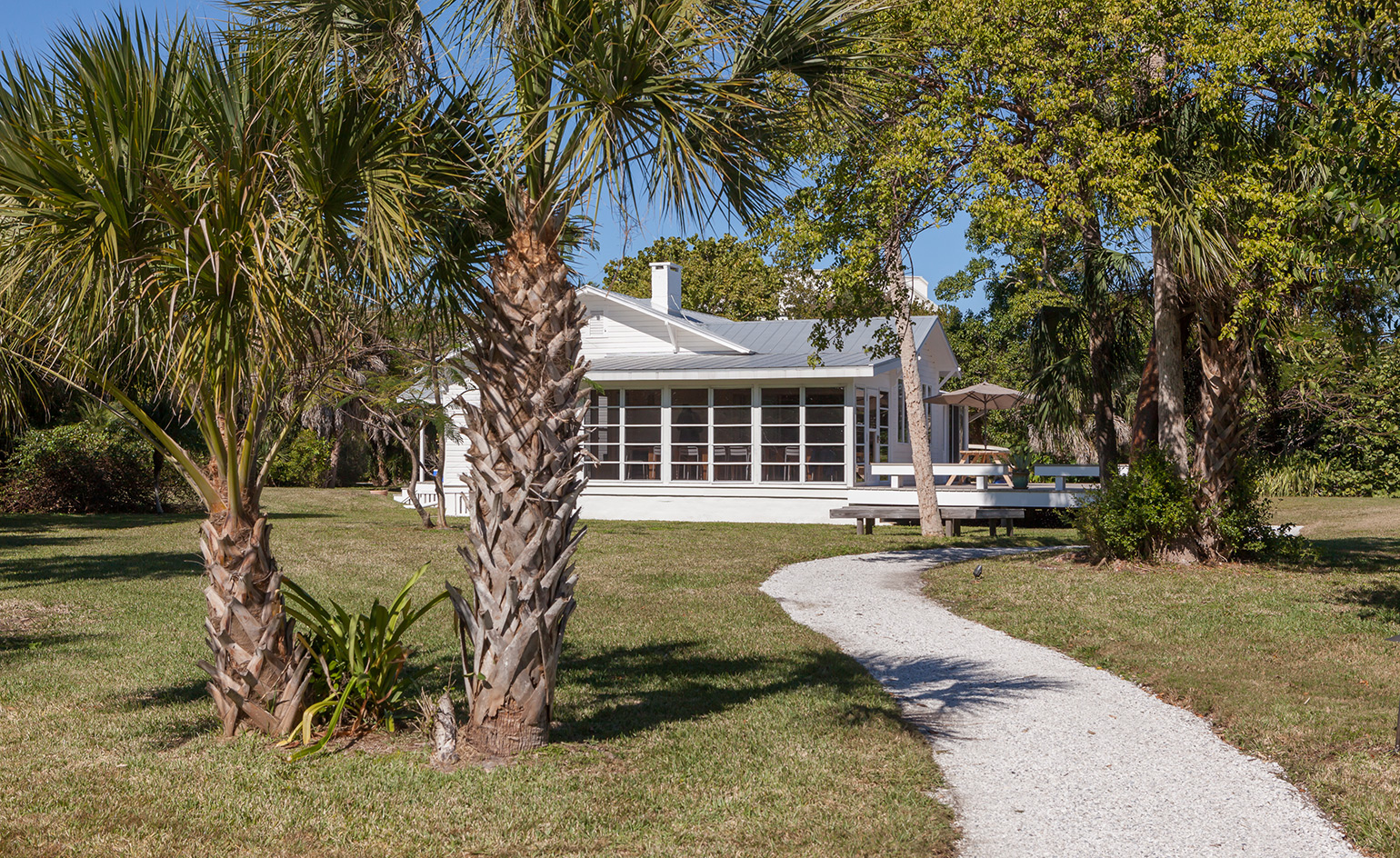
Weeks House is one of many communal spaces in the complex, now home to the Rauschenberg Foundation.
INFORMATION
For more information, visit the Rauschenberg Foundation website
Receive our daily digest of inspiration, escapism and design stories from around the world direct to your inbox.
Ann Binlot is a Brooklyn-based freelance writer who covers art, fashion, design, architecture, food, and travel for publications like Wallpaper*, the Wall Street Journal, and Monocle. She is also editor-at-large at Document Journal and Family Style magazines.
-
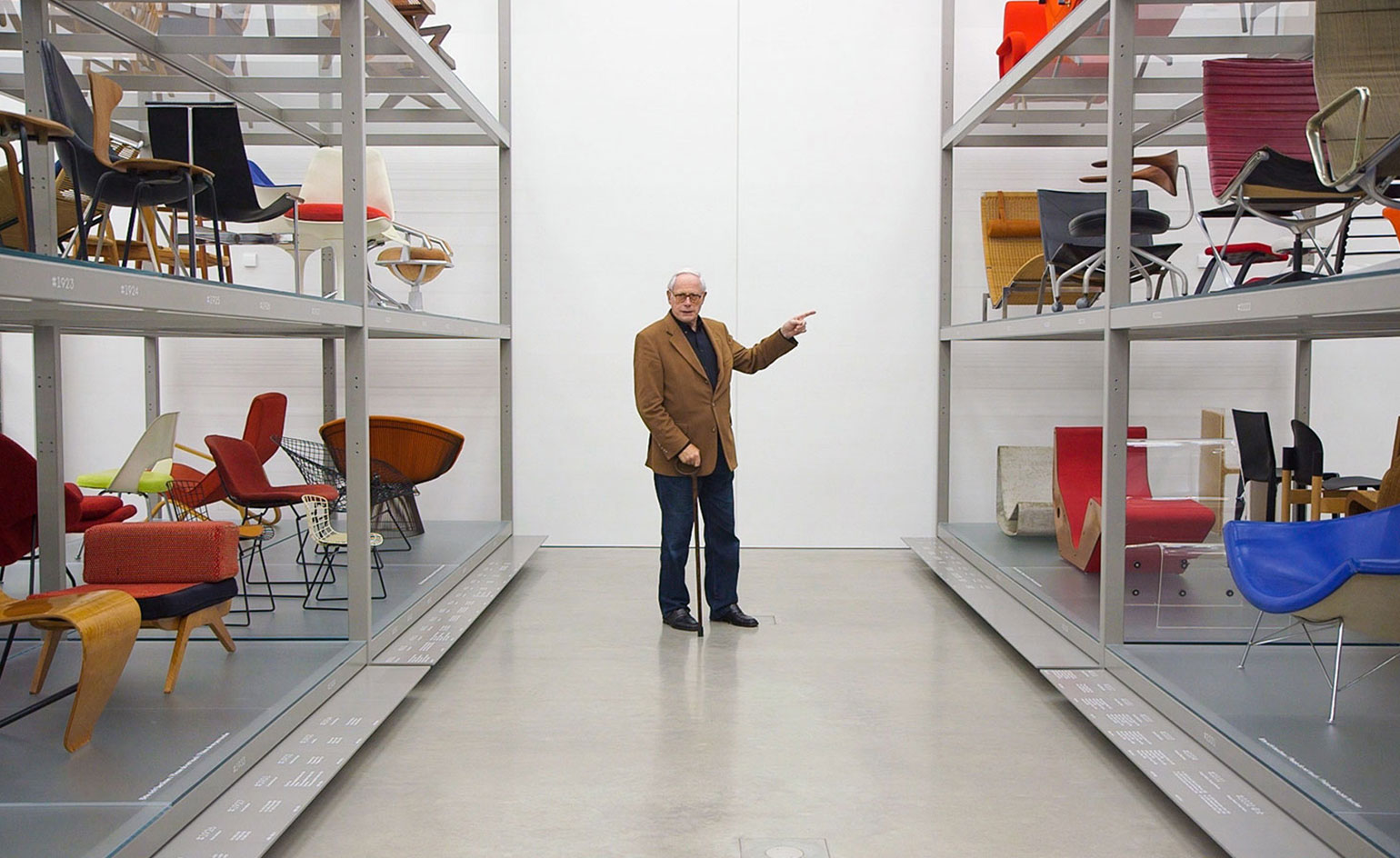 Dieter Rams is awarded the World Design Medal 2025
Dieter Rams is awarded the World Design Medal 2025The Braun alumnus, famous for his ‘less but better’ approach, has been recognised for his invaluable contributions to the world of industrial design
-
 Remembering John Morgan (1973 – 2025), a designer and typographer dedicated to the arts
Remembering John Morgan (1973 – 2025), a designer and typographer dedicated to the artsAn appreciation of the life and work of the prodigiously talented British graphic designer John Morgan, who has died at the age of 52
-
 Samsonite introduces a new luggage style that makes life on the go more organised
Samsonite introduces a new luggage style that makes life on the go more organisedWith removable packing cubes, dual compartments, and recycled materials throughout, Paralux facilitates intuitive, efficient packing
-
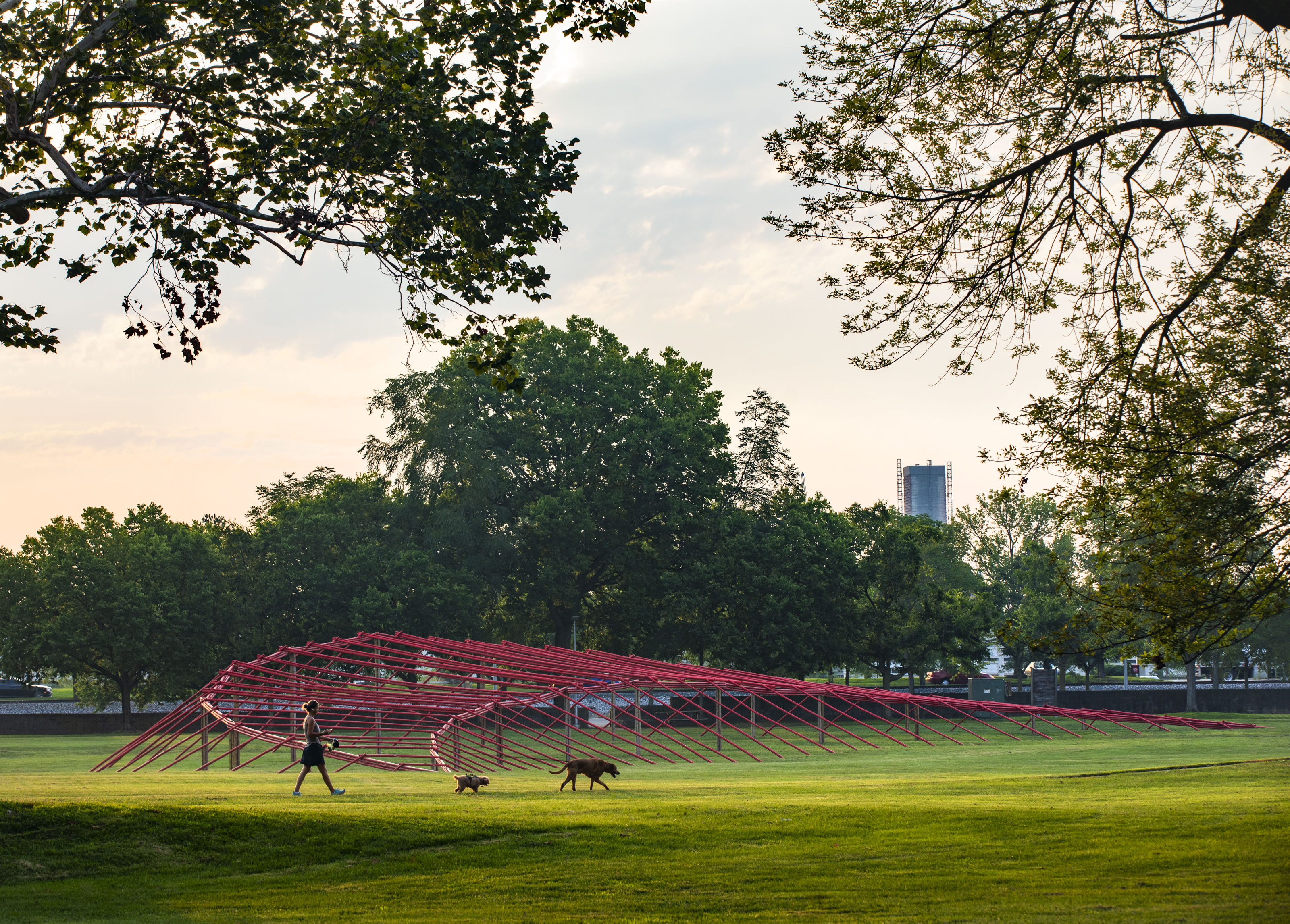 Meet Studio Zewde, the Harlem practice that's creating landscapes 'rooted in cultural narratives, ecology and memory'
Meet Studio Zewde, the Harlem practice that's creating landscapes 'rooted in cultural narratives, ecology and memory'Ahead of a string of prestigious project openings, we check in with firm founder Sara Zewde
-
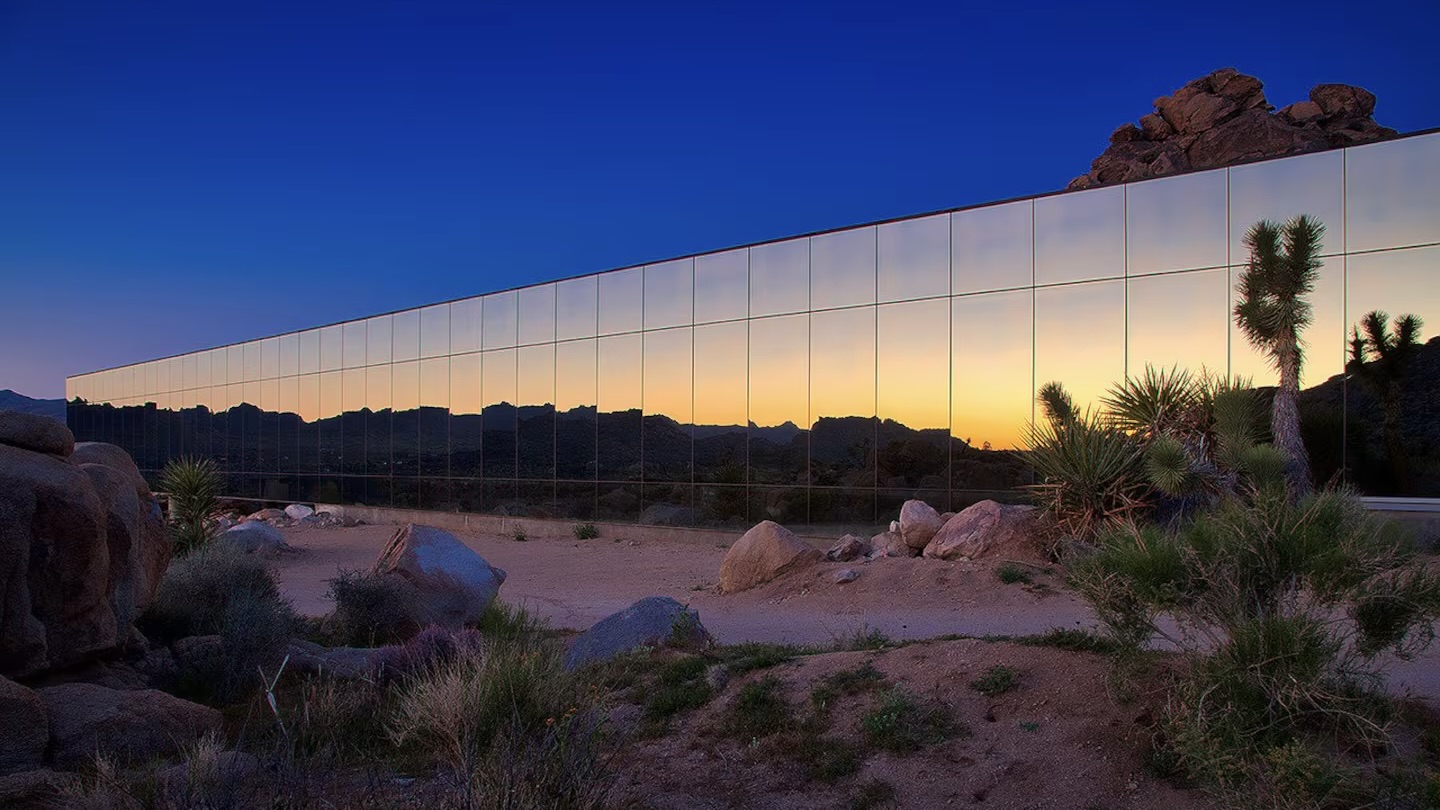 The best of California desert architecture, from midcentury gems to mirrored dwellings
The best of California desert architecture, from midcentury gems to mirrored dwellingsWhile architecture has long employed strategies to cool buildings in arid environments, California desert architecture developed its own distinct identity –giving rise, notably, to a wave of iconic midcentury designs
-
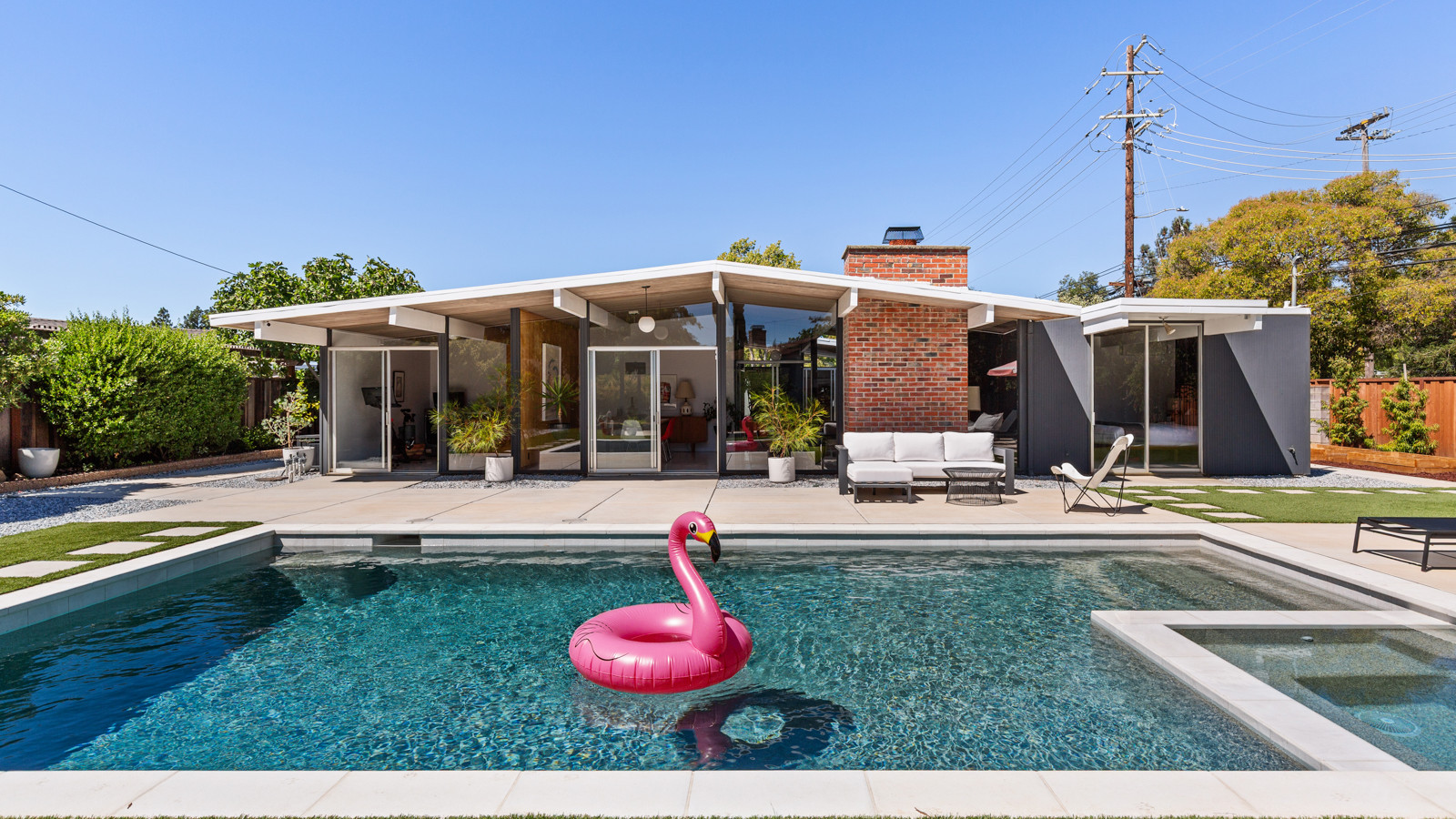 A restored Eichler home is a peerless piece of West Coast midcentury modernism
A restored Eichler home is a peerless piece of West Coast midcentury modernismWe explore an Eichler home, and Californian developer Joseph Eichler’s legacy of design, as a fine example of his progressive house-building programme hits the market
-
 How LA's Terremoto brings 'historic architecture into its next era through revitalising the landscapes around them'
How LA's Terremoto brings 'historic architecture into its next era through revitalising the landscapes around them'Terremoto, the Los Angeles and San Francisco collective landscape architecture studio, shakes up the industry through openness and design passion
-
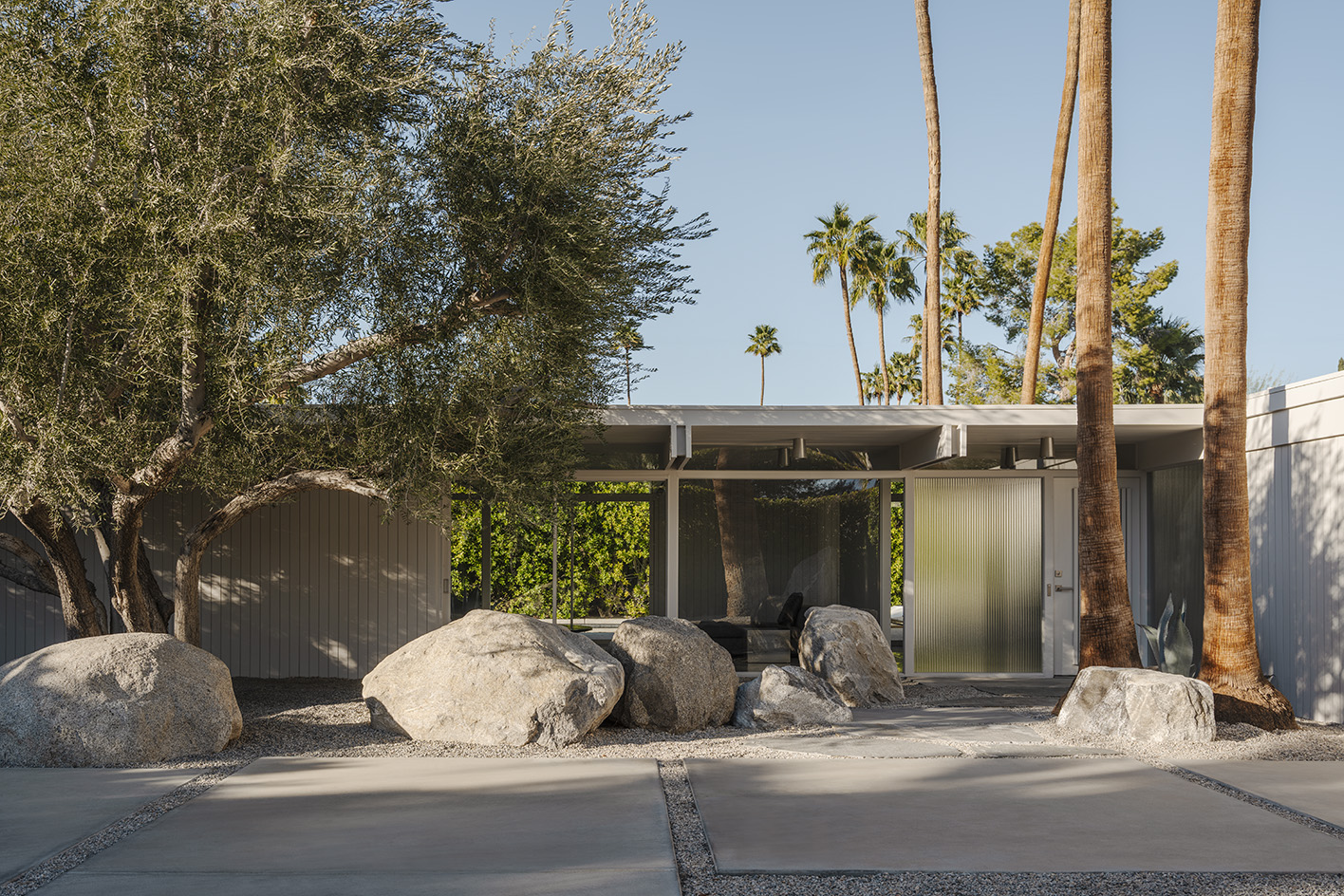 Inside a Donald Wexler house so magical, its owner bought it twice
Inside a Donald Wexler house so magical, its owner bought it twiceSo transfixed was Daniel Patrick Giles, founder of fragrance brand Perfumehead, he's even created a special scent devoted to it
-
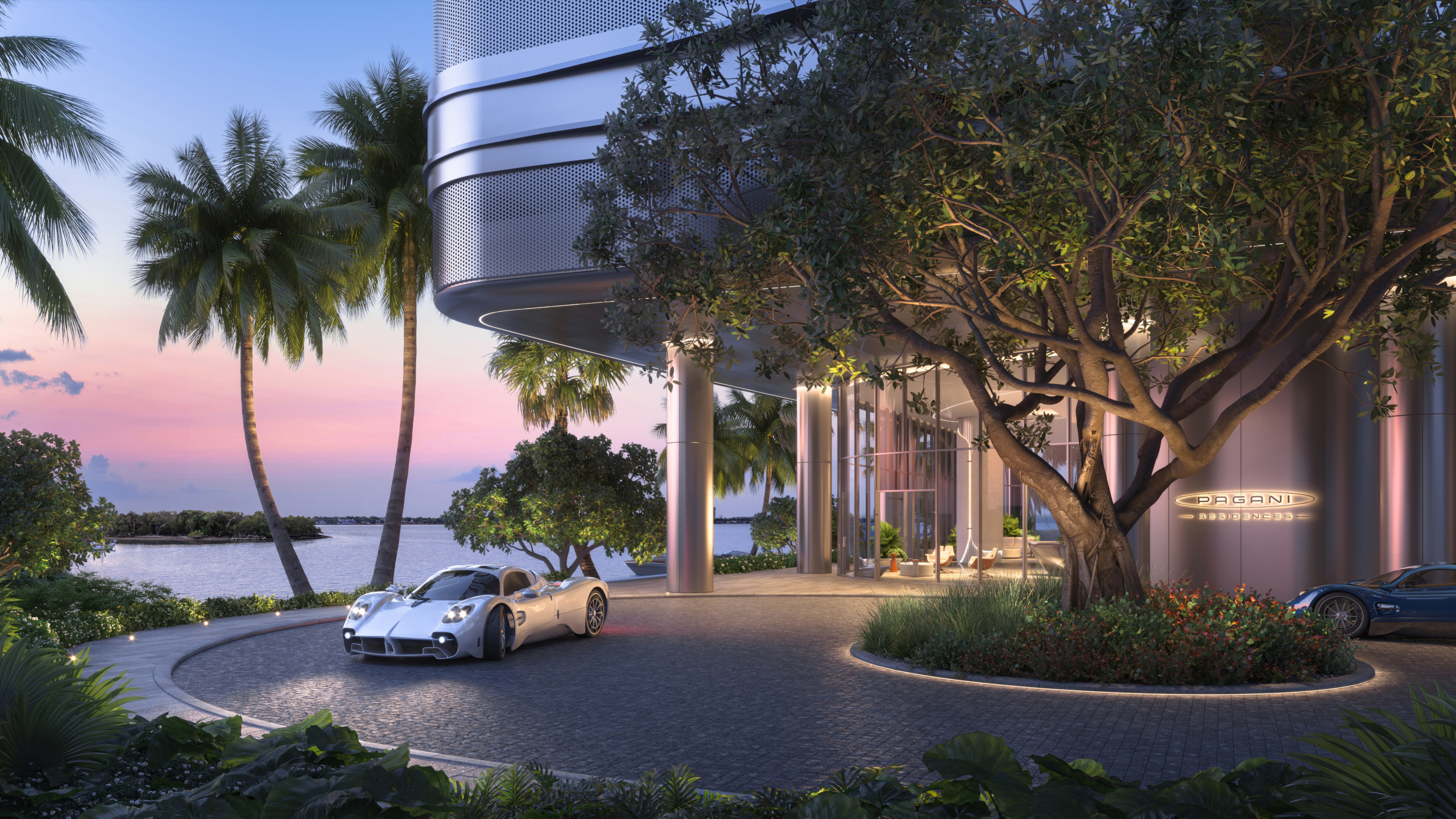 The Pagani Residences is the latest ultra-luxe automotive apartment tower to reach Miami
The Pagani Residences is the latest ultra-luxe automotive apartment tower to reach MiamiRising up above Miami, branded apartment buildings are having a renaissance, as everyone from hypercar builders to crystal makers seeks to have a towering structure bearing their name
-
 A modern cabin in Minnesota serves as a contemporary creative retreat from the city
A modern cabin in Minnesota serves as a contemporary creative retreat from the citySnow Kreilich Architects' modern cabin and studio for an artist on a lakeside plot in Minnesota was designed to spark creativity and provide a refuge from the rat race
-
 Touring artist Glenn Ligon's studio in Brooklyn with its architect, Ravi Raj
Touring artist Glenn Ligon's studio in Brooklyn with its architect, Ravi RajGlenn Ligon's studio, designed by architect Ravi Raj, is an industrial Brooklyn space reimagined for contemporary art